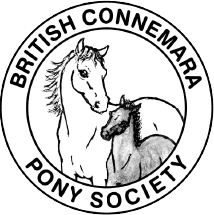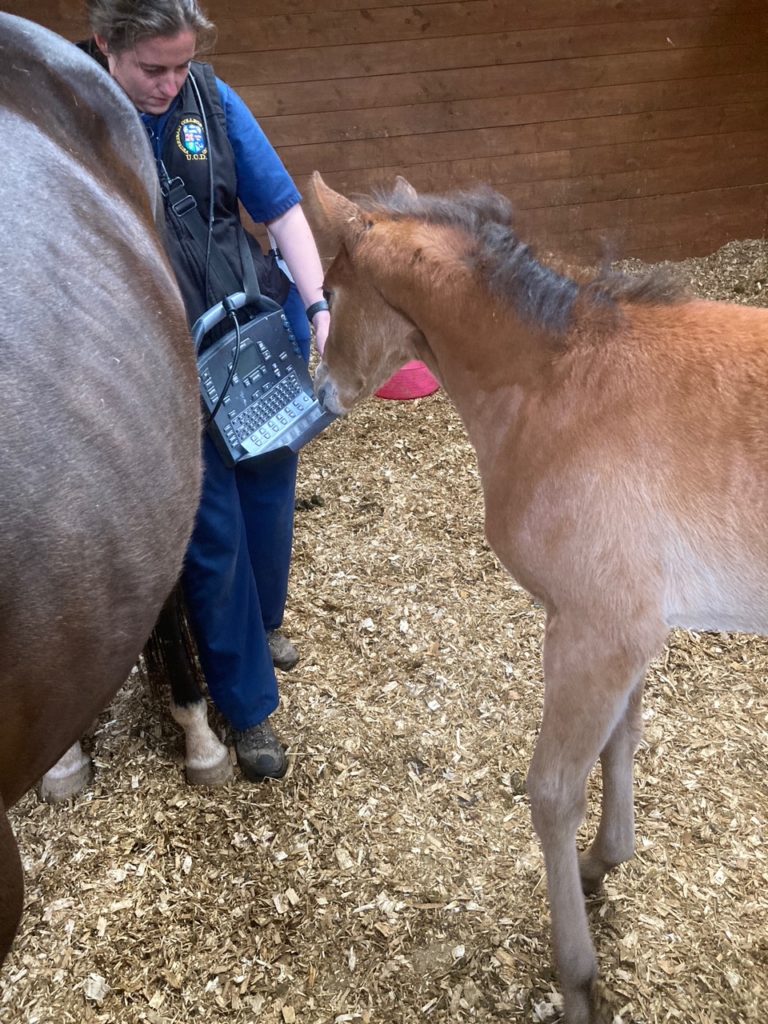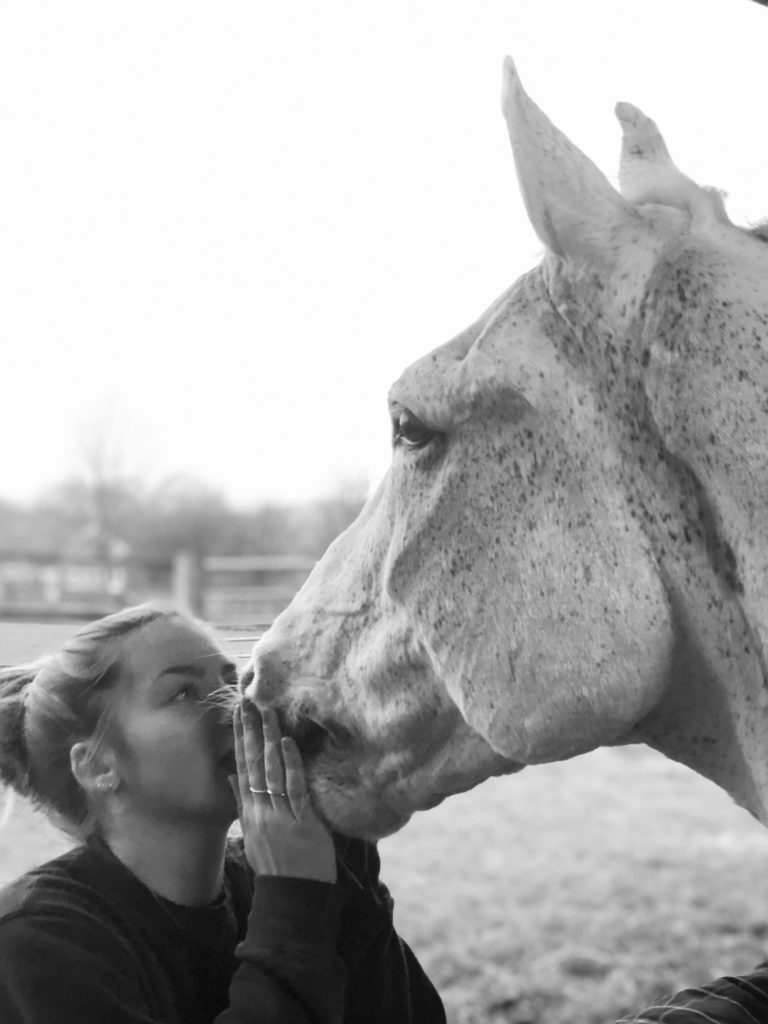Welfare in the BCPS
We all love our Connemaras and want to make sure they’re as happy and healthy as possible. Welfare is a key concern for the BCPS, and we’re here to support Connemara owners and carers. This page contains some resources and links to help you keep your Connemara as healthy as possible.
If you have any concerns about the welfare of a Connemara pony, be it your own or someone else’s, please do not hesitate to get in touch with our Welfare Officers Kerry Wainwright (North) at skellornstud@hotmail.com or Sue Gillingham (South) at sue.gillingham1@btinternet.com or the BCPS secretary at secretary@britishconnemaras.co.uk.
Preventing illness and injury
There are lots of things that can be done to protect your pony against illness and injury. If you’re interested in some general guidelines for equine management, why not take a look at the helpful checklist from the British Equine Veterinary Association, available to download here. You may also wish to check out our condition scoring index – not only is maintaining a healthy weight on your Connemara important in preventing illnesses, but remember that if your pony is overweight (or underweight), it’s something that judges can mark you down on in showing!
Many of the guidelines above are valuable in the care of any pony, regardless of breed. But there are also a few conditions to which Connemaras are more susceptible, including laminitis, Equine Metabolic Syndrome and the Connemara-specific, genetic condition Hoof Wall Separation Disease (HWSD).
If you would like more information on HWSD, please go to our dedicated HWSD page.
Laminitis
Laminitis is a painful hoof condition which can affect as many as 1 in 10 ponies every year. It inflames the laminae – tissue in the hoof wall which holds the pedal bone in place – causing them to separate very painfully. In extreme cases, this can in turn cause the pedal bone to rotate and eventually drop through the hoof sole. This is an excruciating process and for equines suffering this level of rotation, euthanasia is often the only option. For an excellent description of laminitis and its causes, see the BHS laminitis page.
Any equine can suffer from laminitis at any time, but certain circumstances increase the risk of a pony going down with it. Laminitis is particularly connected to raised insulin levels – in fact, an overweight pony is more than twice as likely to get laminitis. Due to their metabolism, native ponies (including Connemaras) are especially prone to laminitis. It is therefore important to keep your pony at a healthy weight – if you want to check, you can use the condition scoring index or speak to your vet. There are a variety of ways to prevent weight gain in your Connemara, such as reducing their grazing time and not over-rugging in the winter.
But laminitis can also be caused by hormonal conditions, such as Equine Metabolic Syndrome and Equine Cushing’s. While we don’t yet understand the exact relationship between these conditions and laminitis, they are both connected with raised insulin levels. These conditions need careful management, which your vet will advise you on.
For more information on laminitis and its prevention, see the Laminitis Trust website.
Bone development and maximum carrying weight
Another important way you can protect your pony is to think about the strain you put on its body. Research has shown that a horse’s skeleton is not fully developed until it’s 6 years old, with the spine being among the last parts to fuse. See this famous article on skeletal maturation by Dr Deb Bennett on the subject. This means that we need to be careful with the weight and stress we put on young ponies in particular.
But throughout our ponies’ lives, it is important to consider what their bodies can handle, which often includes thinking about maximum carrying weight. This refers to the maximum weight an equine should be asked to carry, and it’s a hot topic in welfare at the moment.
People often think that the maximum carrying weight refers simply to the rider’s weight. But maximum carrying weight is impacted by a range of factors, including:
- Rider weight
- Tack weight
- Saddle fit
- Rider height
- Rider balance
- Age of horse
- History of injury/conformation
However, it’s something which is currently under-researched (this pilot study was a landmark) and online estimation tools (such as this carrying weight calculator) can only give a very rough guide. As the Chief Executive of World Horse Welfare has said, “What is desperately needed is basic guidance to help riders identify a horse or pony that is right for them”.
Although we don’t have clear guidance yet, it is worth reflecting on things like the strength of your pony, the fit of your saddle, your riding position or even if a Connemara is the riding pony for you.
Caring for your Connemara on a budget
Livery costs, vet’s bills, bedding, tack – owning a pony can be expensive. If you are looking after your Connemara on a budget, then there are a variety of areas where you can cut costs without compromising on welfare, including reviewing livery options, looking into horse share and discussing shoeing needs with your farrier.
But remember that there are some false economies. Don’t cut costs on proper, professional care from vets and farriers – while these might seem like savings, they can cause welfare issues and cost you more money down the road. Getting horse insurance might also seem like an extra expense at the time, but the cost of paying for unexpected bills can far outweigh it.
For more detailed information on cost-effective pony care, download the advice sheet from the National Equine Welfare Council.
If you don’t think that you are in a financial position to continue caring for your Connemara, then it may be time to consider rehoming. This can include selling, loaning, ownership transfer, companion homes and equine charities. The NEWC has also produced a guide to responsible rehoming to help you find a future situation for your pony that you are happy with, which you can download here.
Help at the end
No one wants to think about it, but you may one day find yourself needing to euthanise your pony, whether due to illness, injury or an unsustainable living situation. This is always an incredibly difficult experience for an owner or carer of a pony. If you need support before, during or after the event, then the BHS Friends at the End initiative is there to offer free, confidential support to whomever needs it.
While it is hard to think about the practical aspects of euthanasia, it is also important to consider options for collection. For more information, see either the National Fallen Stock website or the Equine End of Life Service website. You could also contact your local hunt, as they will often offer an efficient, reliable and kind service.



FOLLOW US british.connemara.pony.society
british.connemara.pony.society  @britishconnemaras
@britishconnemaras